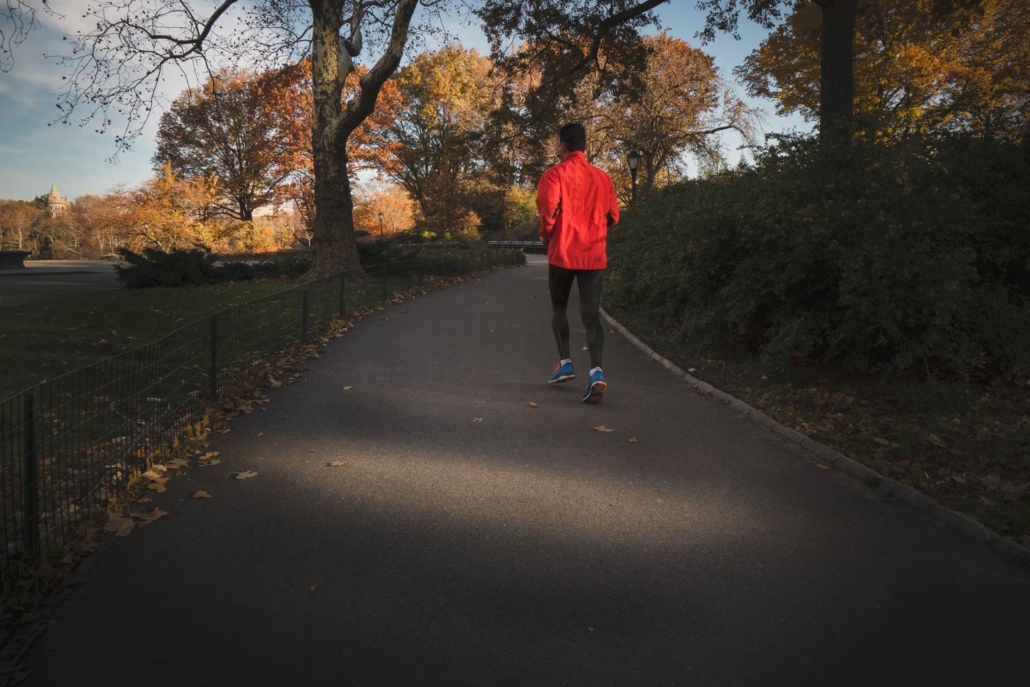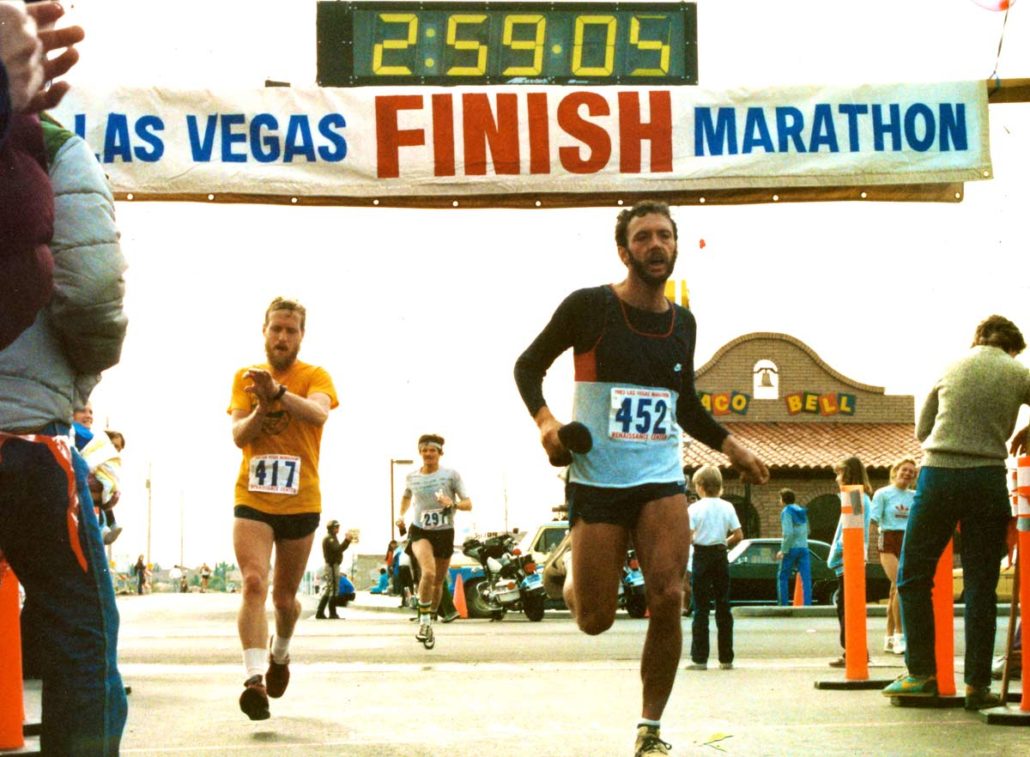My easy days were too easy

Podcast: Play in new window | Download
I recently made a comment on my Strava log that I was making a conscious effort to make my easy days a little bit faster. This prompted a question from one of my followers who essentially asked what the benefits of running faster on their easy days would be. So… it depends, right? That’s the answer to a lot of these type of questions. Not every run should be your fastest, and as a coach, the problem is that if I give a range then the fast end of the is usually what is adhered too. So, to combat that a little bit, I want the focus to be on the easier side of things, knowing that the pace will creep up a bit. There are scenarios where we should go beyond the LSD style of running and that is what I want to explore today.
As we dive in I want to begin with adding more context to what I wrote in my log. If you have been reading my posts or listening to my podcasts, you know that I have been “treading water” as it comes to my training and fitness in 2020. As the year has wound down and I see some really great performances, not to mention the redefinition of age and performance, I have rekindled motivation for the next few years. I started looking back and reflecting on my training the last year, or so. It helps to really take an honest assessment of where you are coming from in order to determine the path forward. Prior to 2020, the vast majority of my easy runs were under 7:00 per mile. Most of this year, that number fell off substantially. I would say that the average pace of my easy runs was more like 7:15 pace. Now, to keep that in perspective, even if I ran 6:40 pace, that would still be a good 60-90 seconds slower per mile than my goal marathon pace. I am not making a set of rules for me and a set of rules for you! But, this was not a lack of ability, rather, a lack of just making the conscious effort.
So, looking at my goals, I realize that not everything can, or should, look the way it did when I was 25, or even 30 years old. There might be weeks where I need more recovery, but looking at this made me think about the cascading effects of “slacking” on my easy days. I don’t have any scientific backing on this, but to me, this was a cascading effect on the rest of my workouts. I was running significantly slower on my easy paces. When I went to do workouts, they just seemed so much faster than what they really should have been. Were they beyond my capability? Probably not, but mentally I couldn’t cross that bridge. Also, I have been using the word “averaged” a lot in this post and that’s important. Trust me, when there’s a run the day following a harder workout, I am going to go slower. At the very least, the first few miles I’ll let myself ease into it. I am talking about trends overall. If I have 4 easy days in a week, then the average might include 1-2 runs closer to 7 minute pace (+/-) while 1-3 will probably be a touch faster to 6:30 pace. So, don’t get it twisted that every single run is faster.
With a little bit of context now, when should you let it rip and when should you crank it up and when should you slow your roll?
Crank it up
- When you take more easy days between SOS days. For instance, if you use a 9 day cycle or the alternator set up.
- If you have gotten faster in races but your easy paces have stayed the same throughout.
- If you are forcing yourself to slow down to be in the range and it’s causing gait change. Focus on running with a natural stride and increasing general endurance.
Slow it down
- Don’t force the faster easy paces if you are trying to make a big jump in a race goal. Let effort dictate the pace.
- You’ve tried increasing the average paces, but now workouts are suffering.
How I would start introducing more moderate paced runs, based on classic HMM plan:
- Monday: Easy/Recovery- just coming off bigger weekend mileage that was more effort. Day before the SOS
- Tuesday: SOS
- Wednesday: OFF
- Thursday: SOS
- Friday: Recovery/Easy
- Saturday: Easy/Moderate
- Sunday: Moderate/Long
Over time, you might find that natural pace just becomes faster. Sometimes, we just have to convince ourselves first and then the body takes over. If so, let it roll. Just monitor effort and if you are whooped after a workout, don’t be afraid to take it easy. For me, it was a matter of convincing myself that I could still train pretty close to what I had in the past. For you, it might be convincing yourself that you are ready to take the next step. Either way, it can lead to big breakthroughs, given that you monitor data and physiological feedback. It also adds a little variety if you find yourself bored on easy days. Sprinkle ‘em in. See if anything happens!




